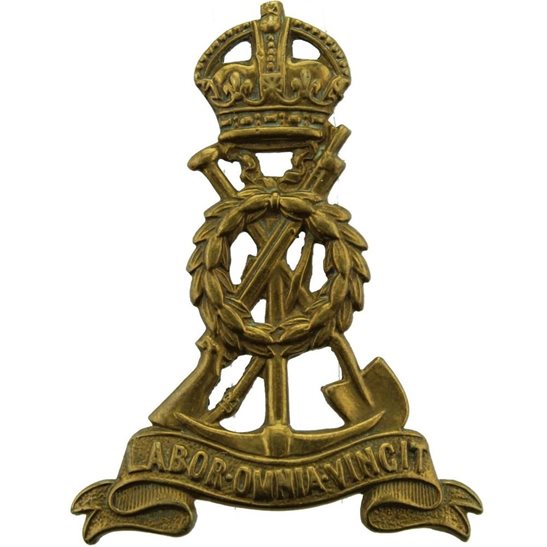Personal Details
Born: 31 May 1876 in Whitchurch, Shropshire and baptised 14 June 1876 at St. Alkmund`s Parish Church, Whitchurch.
Family: He was the sixth of nine children born to Charles Taylor, a grocer, and his wife Catherine. He married Gertrude Mary Evans in 1908 in Ellesmere, Shropshire. Sadly Gertrude died in 1923 and he went on to marry Harriet Herriman in 1924 in Whitchurch. No children can be found for either marriage.
Residence: From his baptism in 1876 until at least 1901 he was living at 9 Claypit Street, Whitchurch. By 1911 and now married, his address was 1 Poole Cottages, Hollyhurst, Whitchurch. The address given for him on the 1919 Absent Voters` List for Whitchurch was 40 Belton Road. He continued to live here until his death in 1950.
Employment: He was a postman.
Died: In 1950 in Whitchurch and buried in Whitchurch cemetery 24 May the same year, aged 73.
Military Details
Regiment: Labour Corps (previously Liverpool Regiment)
Rank: Private
Service Number: 47201 (previously 71441)
Date of Enlistment: Not known
Date of Discharge: Not known
Reason for Discharge: Not known
Arthur was awarded the Campaign Medals (British War Medal and Victory Medal)

The British War Medal (also known as 'Squeak') was a silver or bronze medal awarded to officers and men of the British and Imperial Forces who either entered a theatre of war or entered service overseas between 5th August 1914 and 11th November 1918 inclusive. This was later extended to services in Russia, Siberia and some other areas in 1919 and 1920. Approximately 6.5 million British War Medals were issued. Approximately 6.4 million of these were the silver versions of this medal. Around 110,000 of a bronze version were issued mainly to Chinese, Maltese and Indian Labour Corps. The front (obv or obverse) of the medal depicts the head of George V. The recipient's service number, rank, name and unit was impressed on the rim.
The Allied Victory Medal (also known as 'Wilfred') was issued by each of the allies. It was decided that each of the allies should each issue their own bronze victory medal with a similar design, similar equivalent wording and identical ribbon. The British medal was designed by W. McMillan. The front depicts a winged classical figure representing victory. Approximately 5.7 million victory medals were issued. Interestingly, eligibility for this medal was more restrictive and not everyone who received the British War Medal ('Squeak') also received the Victory Medal ('Wilfred'). However, in general, all recipients of 'Wilfred' also received 'Squeak' and all recipients of The 1914 Star or The 1914/1915 Star (also known as 'Pip') also received both 'Squeak' and 'Wilfred'. The recipient's service number, rank, name and unit was impressed on the rim.

